Dap fertilizer, scientifically known as diammonium phosphate, is pivotal in modern agriculture due to its noteworthy benefits. Comprising nitrogen and phosphorus, this fertilizer offers a balanced nutrient blend crucial for plant growth and development. Its well-defined composition ensures efficient absorption, leading to enhanced crop yield.
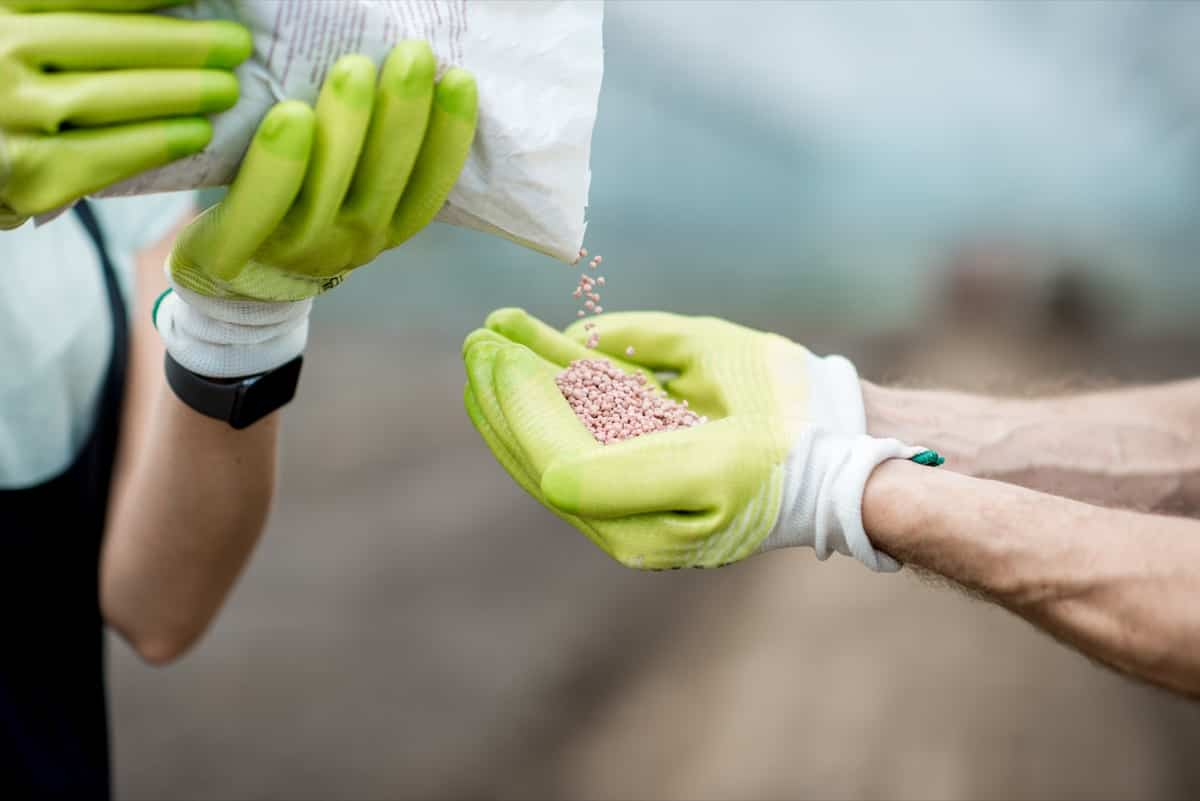
Understanding the optimal application timing and method is crucial for maximizing its benefits. This blog delves into the economic aspects, nutrient composition, and recommended practices for applying Dap fertilizer, equipping you with essential knowledge for successful agricultural endeavors.
What is DAP?
Diammonium phosphate is the most commonly used phosphorus fertilizer globally, containing 18% nitrogen. In 2019, global agricultural DAP consumption reached 17.2 million tonnes, with India being the largest consumer. The top five countries, including India, the US, Pakistan, Bangladesh, and Turkey, accounted for 92.01% of DAP usage. Pakistan’s share in urea consumption is around 11.81%. DAP’s ammonium content makes it an excellent nitrogen source.
Only a small portion is produced locally, with the majority imported. A great source of nitrogen and phosphorus for plant nourishment is DAP fertilizer. Due to its high solubility, it disintegrates quickly in soil and releases phosphate and ammonium, which are useful to plants. The alkaline pH surrounding the dissolving granule is a prominent feature of DAP. DAP contains ammonium, a great nitrogen source, which soil bacteria will progressively convert to nitrate, lowering pH.
Major Prominent DAP Producing Companies
DAP (Diammonium Phosphate) is a key player in the Indian fertilizer industry, producing high-quality products that enhance soil fertility and crop productivity. Companies like Deepak Fertilizers, Coromandel, PPL, FACT, GSFC, GNVFC, IFFCO, and ZIL are dedicated to sustainable farming practices and enhancing agricultural productivity. Their products contribute to food security, soil nutrient replenishment, and promoting sustainable farming practices.
Different Forms/Types of DAP Fertilizers in the Market
DAP fertilizers are widely used to provide nutrients to plants. Granulated DAP is the most common type, breaking solid particles into tiny grains to progressively release nutrients. Crystallized DAP is a more concentrated version containing tiny, crystalline particles that dissolve easily in water. Ammoniated DAP, treated with ammonia gas, contains more nitrogen and is used as an initial fertilizer for crops with high nitrogen requirements.
In case you missed it: Banana Fertilizer Requirements and Recommendations: Schedule and Application Methods
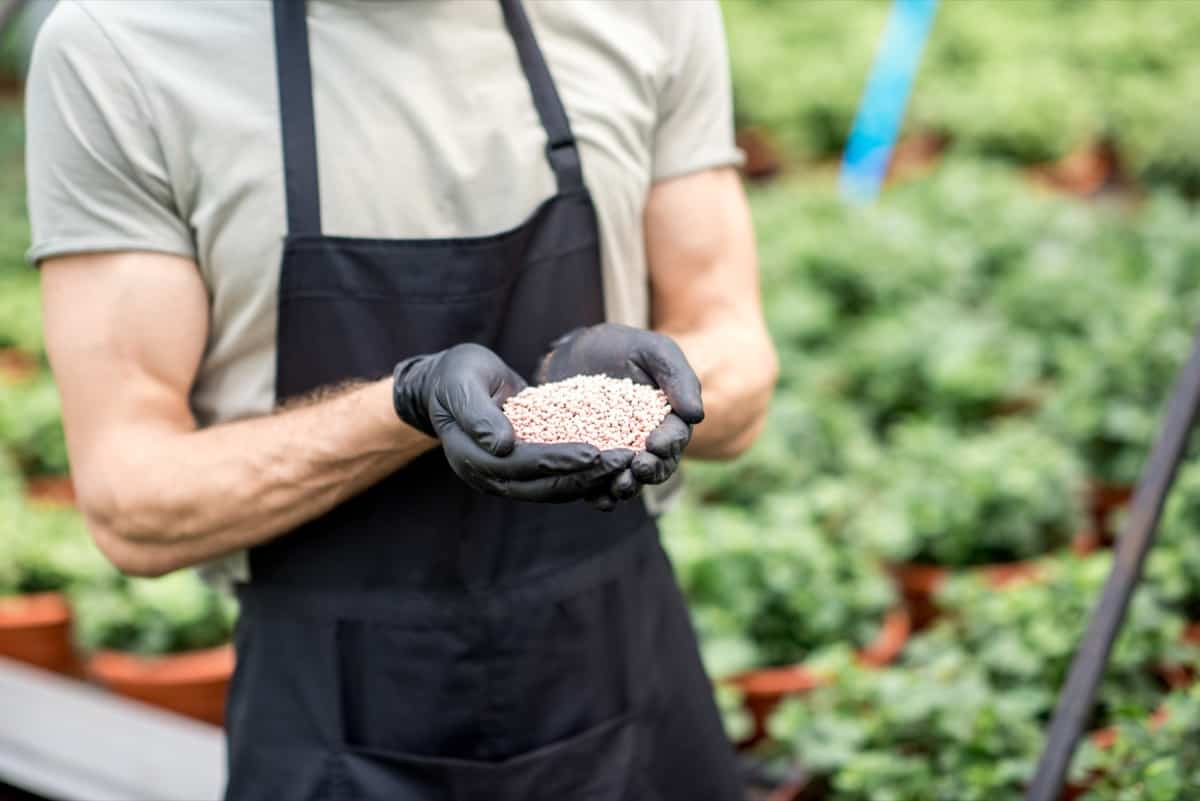
Coated DAP is a type of DAP fertilizer coated with a thin polymer coating, regulating the release of nutrients. Liquid DAP is a concentrated liquid form used in foliar feeding for quick nutrient uptake. Standard DAP, with 18% nitrogen and 46% phosphorus, is used for crops like maize, wheat, and soybeans due to its high phosphorus concentration.
Slow-release DAP releases nutrients gradually over an extended period, reducing the need for repeated treatments and increasing fertilizer use efficiency. Personalized DAP formulations consider specific crop and soil nutrient requirements, allowing for the adjustment of nutrient ratios based on soil tests and crop requirements.
Benefits of DAP Fertilizers
- Increases Crop Output: DAP fertilizers are crucial for locations where the soil lacks the right nutrients and minerals. Therefore, increasing nutrient-capturing capability is known to raise crop yield greatly.
- Improved Plant Development: Supplying the vital nutrients required for growth and development. Additionally, highly concentrated Di-Ammonium Phosphate fertilizer promotes plant photosynthesis. Plants are now shown to be growing faster.
- Highly Reactive substance: DAP dissolves readily in water and is very reactive. From this point forward, plants easily absorb it through their roots.
- Improved Root Growth: Phosphorous, which contains phosphate ions, is necessary to establish robust roots, which are crucial for plant growth.
- Versatility Speaking of the range of usage of compound DAP, it is wide and includes cereals, grains, fruits, and vegetables.
- Balance of Nutrition: DAP fertilizer normally has a nitrogen-to-phosphorus ratio of 1:1 or 2:1, which is balanced. This well-balanced nutrient makeup is essential for the overall health and development of plants. While phosphorus helps root development and general energy transfer throughout the plant, nitrogen encourages leaf and stem growth.
- Higher Crop Quality: DAP increases crop productivity while enhancing the harvested produce’s quality. DAP, for instance, can result in plumper grains in cereal crops and larger, juicier fruits in plants that yield fruit.
- Regulation of pH: When utilized in the right amounts, DAP can aid in controlling soil pH levels. Particularly in areas with inherently acidic soils, it can neutralize acidic soils and make them more appropriate for plant growth.
- Decreased Soil Erosivity: DAP promotes the growth of strong roots, which bind soil fragments together and lessen the likelihood of soil erosion. This is especially crucial in locations where erosion due to wind or severe rain is a problem.
- Long-Term Results: DAP distributes nutrients gradually over time, giving plants a consistent supply of vital components throughout the growing season. As a result, there is less need for frequent fertilizer applications because the plants are guaranteed a steady supply of nutrients. DAP can be combined with other fertilizers or soil amendments to make unique nutrient blends suited to the particular requirements of various crops or soil types.
- Storage Robustness: DAP is a practical option for farmers and distributors because it is comparatively stable and can be kept for long periods without experiencing major degradation.
- Economic Advantages: Applying DAP to increase crop yield and quality can boost farmers’ financial returns, promoting food security and economic stability in agricultural areas.
In case you missed it: Sweet Potato Fertilizer Requirements and Recommendations: Management Practices for Optimal Yield
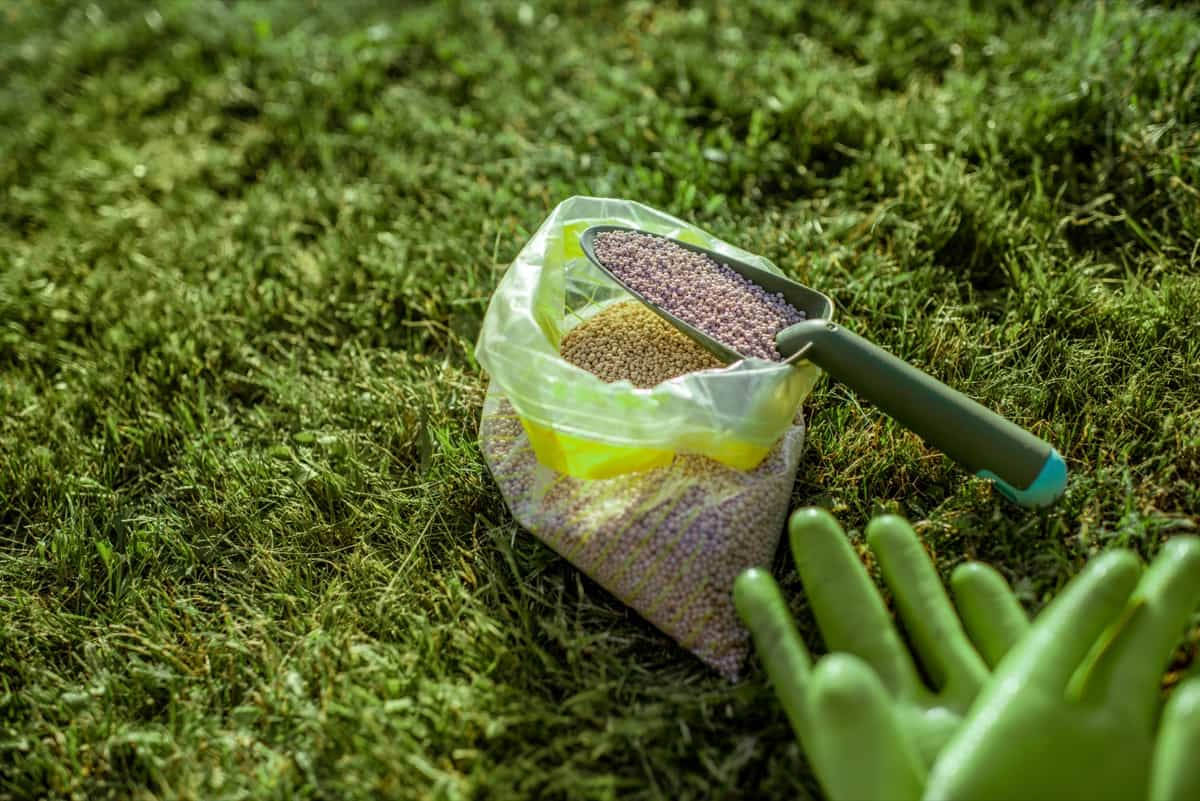
Price Range of DAP Fertilizer
IFFCO Price range of primary nutrient products at varying prices. Their IFFCO NP(S) 20-20-0-13, weighing 50 kg, is priced at ₹650. DAP 18-46-0, also weighing 50 kg, costs ₹1200. Neem Coated Urea (N) pricing is not specified. For NPK blends, 10-26-26 is priced at ₹1110, while 12-32-16 costs ₹667 for a 50 kg bag. These products cater to different nutrient ratios, supporting diverse crop needs.
The prices reflect nutrient content and composition variations, influencing their suitability for specific agricultural requirements. Diammonium phosphate (DAP) fertilizer is crucial for modern agriculture as it provides essential minerals for plant growth and increased crop yields. Farmers and other stakeholders often seek accurate information on DAP fertilizer pricing to make informed decisions.
Factors influencing DAP fertilizer prices include the cost of raw materials, like ammonia and phosphoric acid, which can be affected by rising natural gas costs. Energy prices, particularly for manufacturing and transportation, also play a significant role in the cost of DAP fertilizer. Worldwide supply and demand dynamics also impact the price of DAP fertilizer, increasing demand due to global demand for agricultural products.
As DAP fertilizer is frequently traded worldwide, exchange rates can also affect the price. Government subsidies and policies also significantly impact the cost of DAP fertilizer, with some governments offering subsidies to farmers, lowering fertilizer prices and stabilizing prices. Finally, transport charges, such as gasoline pricing and transportation infrastructure, can also influence the cost of delivering DAP fertilizer from manufacturing facilities to distribution centers and farmers.
Price Trends for DAP Fertiliser in the Last Few Years
DAP fertilizer prices have historically fluctuated due to various factors, including historical price volatility, seasonal variations, environmental restrictions, and global market events. Farmers must monitor trends and anticipate price changes to make informed decisions on fertilizer purchases.
Seasonal patterns can increase during busy planting seasons and decrease during slower times. Environmental restrictions may affect the production of DAP fertilizer, leading to cost adjustments. Global market events, such as weather disasters, trade disputes, or supply chain disruptions, can also impact DAP fertilizer prices, such as droughts in major agricultural regions.
Composition of DAP of Fertilizer
The composition of Diammonium Phosphate (DAP) is a popular fertilizer in agriculture due to its high phosphorus content and potency in promoting plant development. It provides a comprehensive understanding of its constituent parts and their functions in plant nutrition.
In case you missed it: Garlic Fertilizer Requirements and Recommendations: How and When to Apply
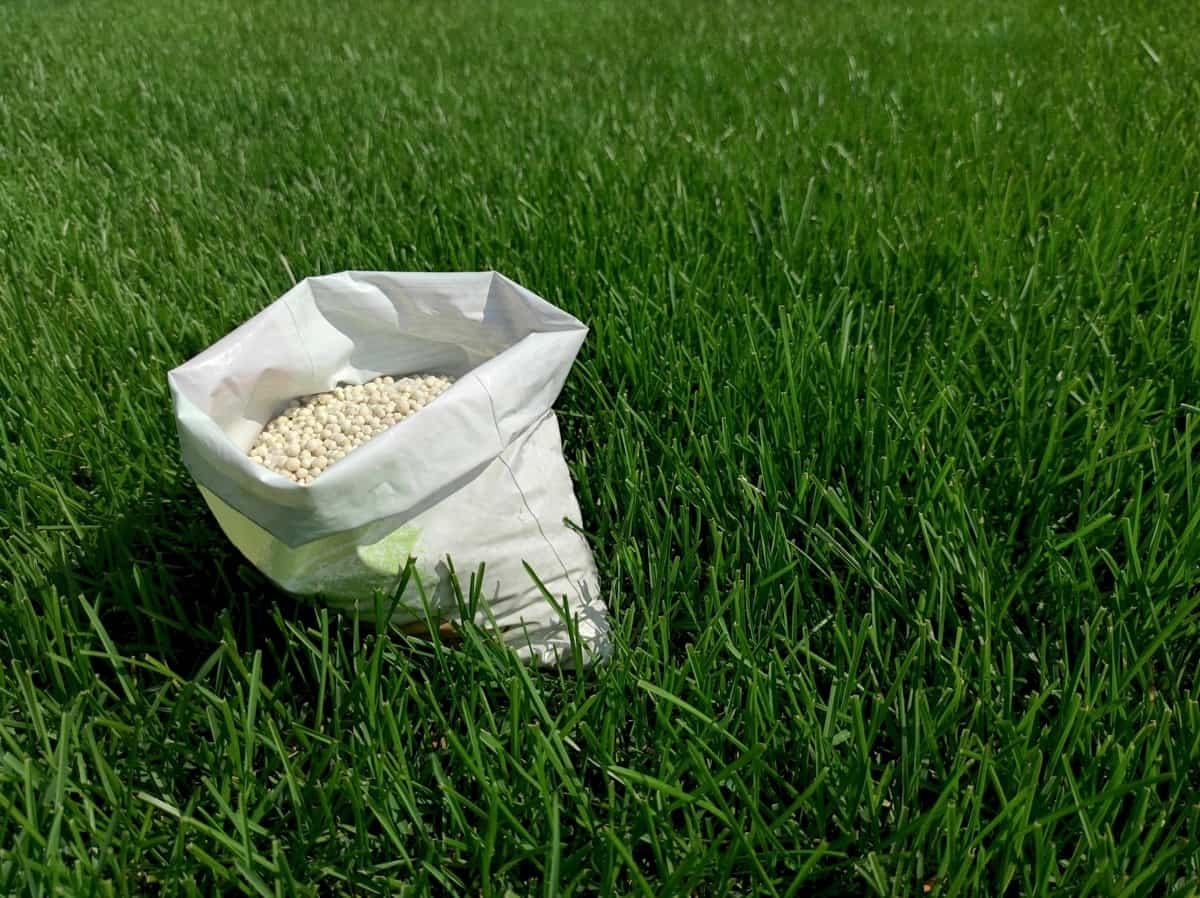
Ammonium Nitrogen (NH4-N)
NH4+ ions are the main component of ammonium nitrogen, which is present in DAP fertilizer. Plants can easily access this ammonium nitrogen as a source of nitrogen. Nitrogen is the most important ingredient for plant growth and necessary for the development of the leaves and stems, the synthesis of proteins, and overall plant health.DAP is a great option for crops that need an early nitrogen boost because it contains ammonium nitrogen.
(P2O5) Phosphorus
Phosphorus, denoted as P2O5, is the main nutrient in DAP. For plants to grow their roots, bloom, and produce fruit, phosphorus is essential.DAP is suitable for crops that require a considerable supply of phosphorous because it normally has a high concentration of this nutrient. Because the phosphorus in DAP is in a water-soluble form, plant roots, particularly in soils with low P content
Ph Level
DAP fertilizer has a pH of about 7.5, making it mildly acidic. The majority of crops and soil types are generally acceptable for this pH. DAP is especially useful in areas with high soil pH levels since its mild acidity can assist in neutralizing alkaline soils.
Trace Elements
While nitrogen and phosphorous are the two main elements found in DAP, they may also contain trace amounts of other vital micronutrients like sulfur (S), magnesium (Mg), and zinc (Zn). Including these trace elements in DAP can help improve the soil’s nutritional balance because they are essential for plant growth and general health.
In case you missed it: The Impact of Nano Fertilizers in Agriculture for More Yields and High Profits
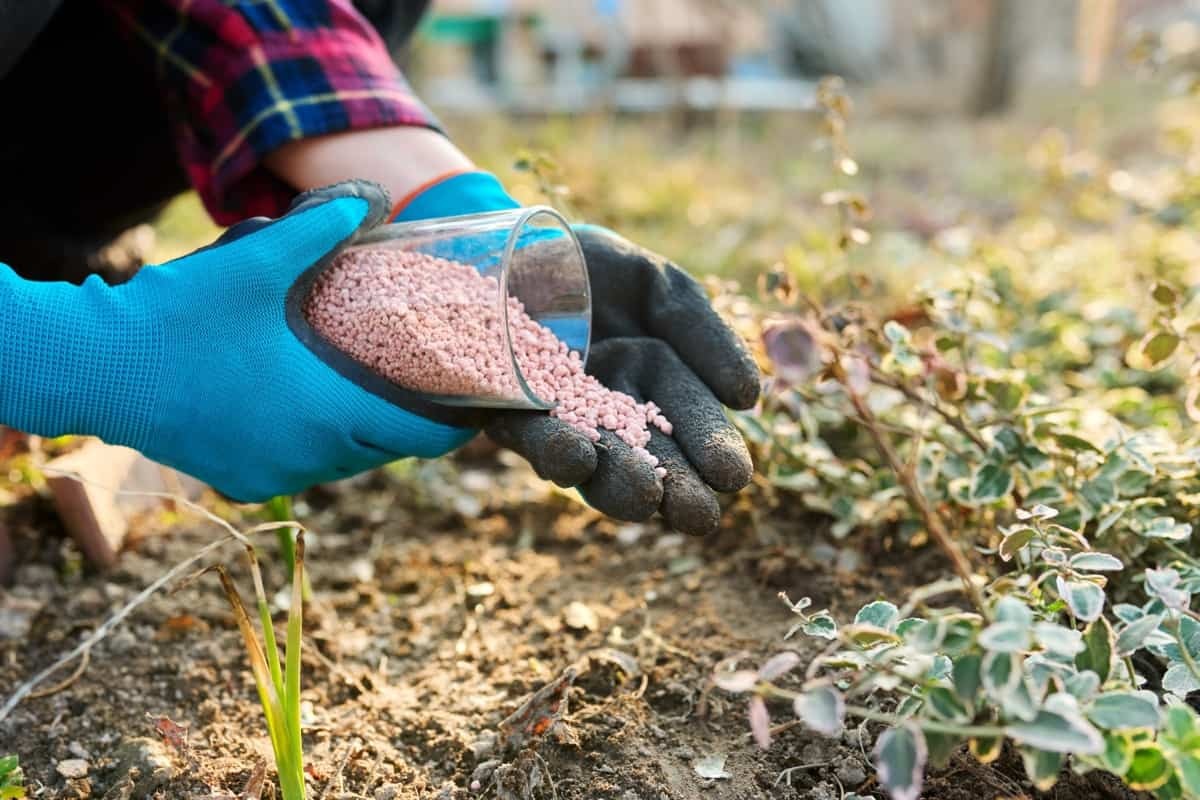
NPK Ratio
The NPK (Nitrogen, phosphorus, Potassium) ratio of DAP typically ranges from 18-46-0. This means it contains 18% nitrogen and 46% phosphorous by weight, with no potassium. This high phosphorous content makes DAP a valuable fertilizer for crops during their early growth and root development.
How to Apply DAP Fertilizer?
- Application Strategy: Apply DAP while considering factors like placement, proportion, and timing in the crop cycle.
- Timing Options: DAP can be utilized during pre-sowing cultivation, tilling, or crop sowing.
- Dosage Customization: Determine the appropriate dosage based on the specific crop and soil conditions, following general state recommendations. Avoid applying DAP to mature standing crops.
- Strategic Placement: Apply DAP close to the seeds. As it dissolves in the soil, it temporarily raises the pH, facilitating improved fertilizer absorption during the early stages of crop growth.
DAP fertilizer is a granular fertilizer with a high phosphorus content, ideal for crops like maize, potatoes, and legumes that require a robust root system. Soil analysis is the first step in applying DAP fertilizer, determining current nutrient levels, pH, and other factors affecting plant growth. Calculating appropriate application rates is crucial, considering crop type and phosphorus shortfall. Ensure even distribution of DAP fertilizer by determining planting spacing and row layout.
Choose the right equipment for accurate application, such as broadcast technology spreaders or drill or planter attachments. Variable rate technology (VRT) systems can modify application rates based on GPS data and soil conditions. Calibrate machinery by measuring the spread pattern in width, determining the required DAP spraying rate in pounds per acre, and adjusting the equipment settings accordingly. This ensures precise application and avoids negative environmental impacts.
In case you missed it: Chilli Fertilizer Schedule: How and When to Apply Organically, Inorganically for More Yields
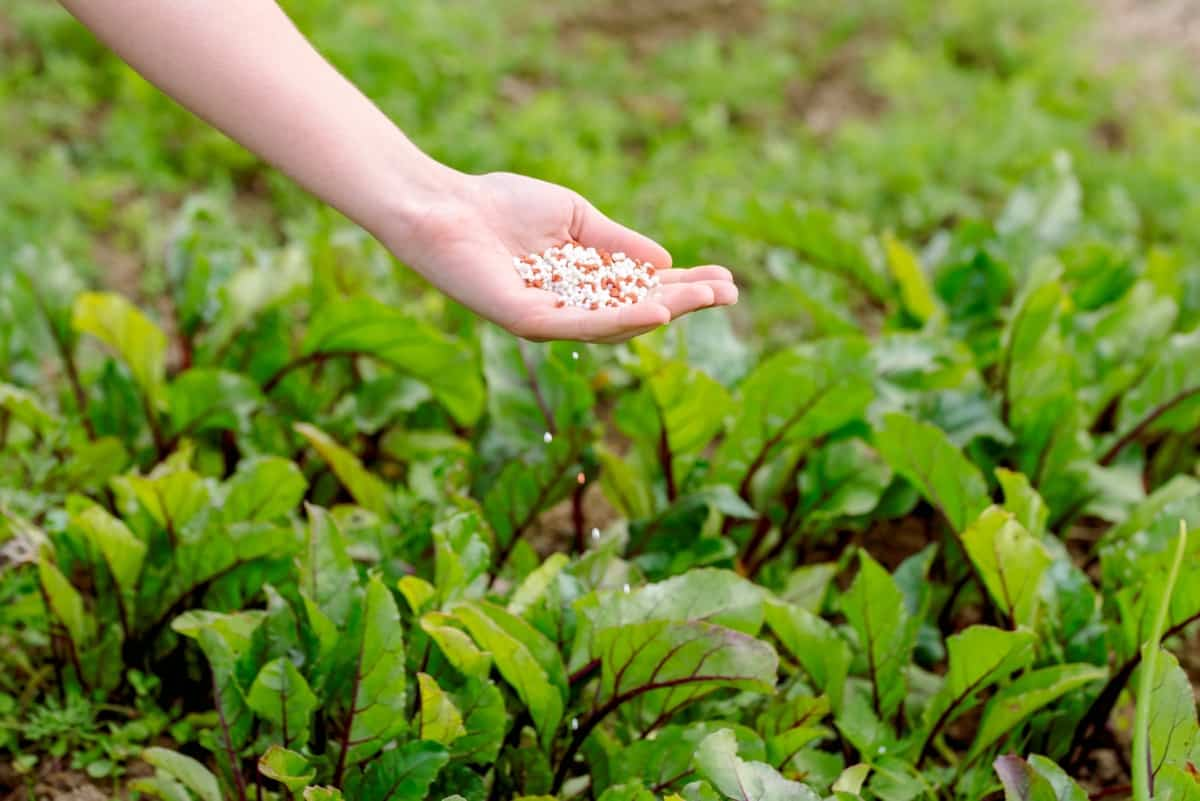
Methods of Applications of DAP Fertilizer
- Pre-planting: Apply DAP a few inches below the seed depth for most crops. This will allow the phosphorus to be readily available to the emerging roots.
- Side-dressing: Apply DAP fertilizer to the soil surface when the plants are at a specific growth stage. This can be done with a broadcast spreader or a hand-held applicator.
- Top-dressing: Apply DAP fertilizer to the soil surface around perennial crops, such as fruit trees or vineyards. This can be done with a broadcast spreader or a hand-held applicator.
When to Apply DAP Fertilizer
- Soil Testing: To ascertain your soil’s nutrient content and pH, performing a soil test before applying any fertilizer is crucial. This will enable you to decide when and how much DAP fertilizer is necessary.
- Crop-Specific Recommendations: Different crops have various growth stages and nutrient needs. To ascertain your crop’s ideal DAP treatment time, consult local agricultural extension services, agronomists, or crop-specific guidelines.
- Timing of Rainfall or Irrigation: When applying DAP, it is important to consider the timing of rainfall or irrigation patterns. Applying DAP fertilizer before anticipated irrigation or rainfall will help the nutrients become incorporated into the soil and stop nutrient losses through leaching.
- Avoid Extreme Weather: It’s crucial to avoid using DAP fertilizer when it’s excessively hot, dry, or heavy precipitation. These circumstances may cause nitrogen loss and lower the fertilizer’s effectiveness.
- Monitoring Crop Growth: Crop growth should be regularly monitored to see whether additional fertilizer applications are required. The visual signs of nutrient surpluses or shortages can influence your decisions.
Conclusion
DAP fertilizer offers numerous benefits. Its competitive price makes it cost-effective for farmers. A balanced composition of phosphorus and nitrogen enhances crop growth and yield. Applying DAP before planting or during early growth stages is optimal, ensuring adequate nutrient availability.
- Types of Pesticides Used in Agriculture: A Beginner’s Guide
- Economical Aquaculture: A Guide to Low-Budget Fish Farming
- 15 Common Planting Errors That Can Doom Your Fruit Trees
- How to Make Houseplants Bushy: Effective Tips and Ideas
- Innovative Strategies for Boosting Coconut Pollination and Yield
- Pollination Strategies for Maximum Pumpkin Yield
- The Complete Guide to Chicken Fattening: Strategies for Maximum Growth
- Natural Solutions for Tulip Problems: 100% Effective Remedies for Leaf and Bulb-Related Issues
- Revolutionizing Citrus Preservation: Towards a Healthier, Greener Future
- Natural Solutions for Peony Leaf and Flower Problems: 100% Effective Remedies
- Maximizing Profits with Avocado Contract Farming in India: A Comprehensive Guide
- Natural Solutions for Hydrangea Problems: 100% Effective Remedies for Leaf and Flowers
- The Ultimate Guide to Choosing the Perfect Foliage Friend: Bringing Life Indoors
- From Sunlight to Sustainability: 15 Ways to Use Solar Technology in Agriculture
- The Ultimate Guide to Dong Tao Chicken: Exploring from History to Raising
- The Eco-Friendly Makeover: How to Convert Your Unused Swimming Pool into a Fish Pond
- Mastering the Art of Delaware Chicken Farming: Essentials for Healthy Backyard Flocks
- 20 Best Homemade Fertilizers for Money Plant: DIY Recipes and Application Methods
- How to Craft a Comprehensive Free-Range Chicken Farming Business Plan
- Brighten Your Flock: Raising Easter Egger Chickens for Beauty and Bounty
- How to Optimize Your Poultry Egg Farm Business Plan with These Strategies
- Subsidy for Spirulina Cultivation: How Indian Government Schemes Encouraging Spirulina Farmers
- Ultimate Guide to Raising Dominique Chickens: Breeding, Feeding, Egg-Production, and Care
- Mastering the Art of Raising Jersey Giant Chickens: Care, Feeding, and More
- Ultimate Guide to Raising Legbar Chickens: Breeding, Farming Practices, Diet, Egg-Production
- How to Raise Welsummer Chickens: A Comprehensive Guide for Beginners
- How to Protect Indoor Plants in Winter: A Comprehensive Guide
- Ultimate Guide to Grow Bag Gardening: Tips, Tricks, and Planting Ideas for Urban Gardeners
- Guide to Lotus Cultivation: How to Propagate, Plant, Grow, Care, Cost, and Profit
- Agriculture Drone Subsidy Scheme: Government Kisan Subsidy, License, and How to Apply Online
- Ultimate Guide to Raising Araucana Chickens: Breed Profile, Farming Economics, Diet, and Care
- Bringing Hydroponics to Classroom: Importance, Benefits of Learning for School Students
- Ultimate Guide to Raising Polish Chickens: Breed Profile, Farming Economics, Diet, and Care
- Ultimate Guide to Raising Australorp Chickens: Profile, Farming Economics, Egg Production, Diet, and Care
- Silkie Chicken Farming: Raising Practices, Varieties, Egg Production, Diet, and Care
- Sussex Chicken Farming: Raising Practices, Varieties, Egg Production, Diet and Care